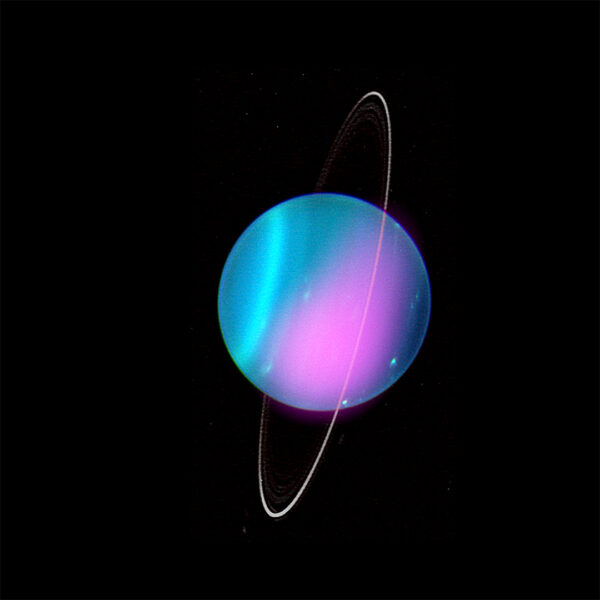Enduring symbols of planetary exploration
One of the most enduring symbols of space exploration is the eye-catching image of a planet surrounded by one or more rings because, quick simply, nothing on Earth is like it! The ringed planets are not only objects of beauty, but also complicated physical systems that provide a local laboratory and analogy for other cosmic systems like galaxies and planet-forming disks.
We now know that planetary rings, once thought unique to the planet Saturn, exist around all the giant planets. But rather than being solid objects, these rings are composed of countless particles with sizes from specks of dust to small moons. Each planet’s rings are quite different: Jupiter’s ring is thin and composed of small, dusty particles. Saturn’s rings are broad, bright, and opaque. Uranus has narrow, dark rings among broad lanes of dust that are invisible from Earth. And Neptune’s rings form incomplete arcs.
The common occurrence of ring material around the planets is one of the major scientific findings of the last 50 years. The new ring systems were discovered by both spacecraft and ground-based observers, often surprising us by contradicting our expectations. The rings’ appearance and their composition vary among the planets, and likewise within each ring system. The broadest set of rings and the most identified processes are found around the planet Saturn, which was the target of the Cassini space mission.
LASP scientists are studying the structures seen in Saturn’s rings to understand the rings’ origin and history by continuing the analysis of observations from the NASA-ESA Cassini mission.

